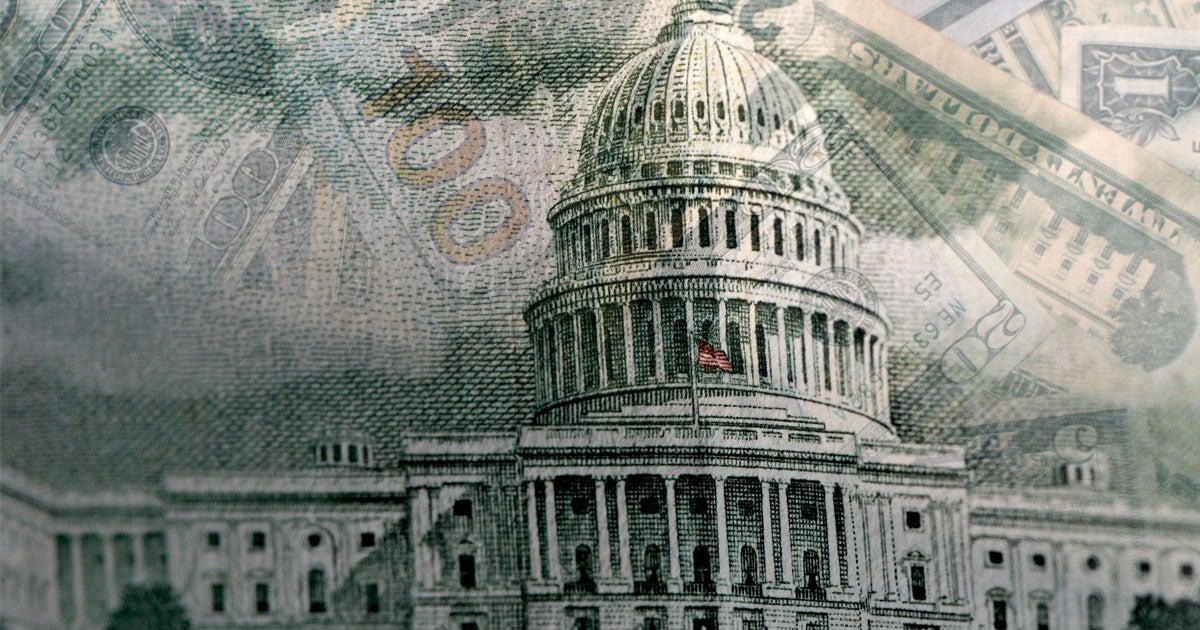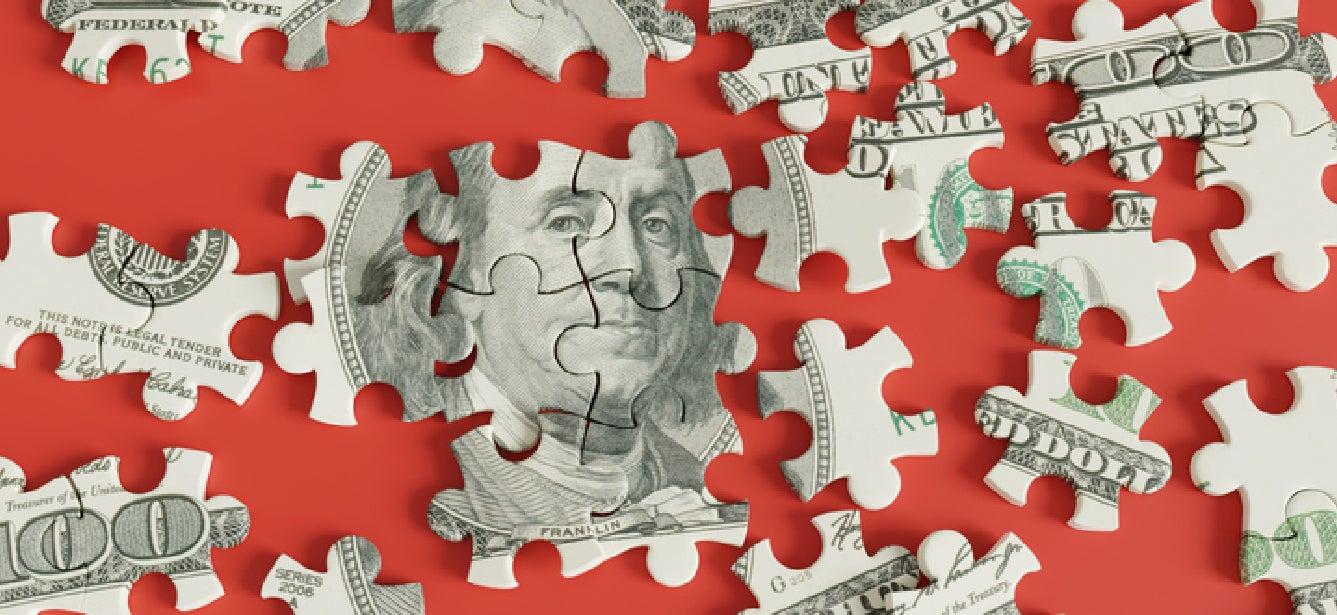
Related Topics
Immediately upon returning from the August recess, the House Appropriations Committee advanced the FY26 Labor, Health and Human Services, Education, and Related Agencies (Labor-HHS) bill.
We’ve updated the NCOA table of FY26 budget proposals and FY 2024 and 2025 appropriations for aging services programs of interest. These are some of the highlights from the Labor-HHS bill House Appropriators recently approved:
Older Americans Act funding
Most Older Americans Act (OAA) programs are level-funded or increased in the House FY26 bill. Small increases are proposed for Supportive Services and Senior Centers, Native American services, and Elder Rights. Unfortunately, similar to the Administration’s FY26 budget request and the House FY25 bill, House appropriators propose to eliminate the Senior Community Service Employment Program (SCSEP).
The House’s proposed elimination of next year’s SCSEP program comes on top of the continued delay in providing the funding approved by Congress for the program that was supposed to start on July 1, 2025. Tens of thousands of unemployed, low-income older workers were furloughed from this on-the-job employment training and placement program. The continued delay is now threatening the future of the program as local training efforts are shuttered.
Other aging services
Falls prevention at the Centers of Disease Control and Prevention, the Medicare State Health Insurance Assistance Program (SHIP), Social Services Block Grant (SSBG) and Community Services Block Grant (CSBG) which support aging services as well as people across the lifespan, are level-funded in the House FY26 bill.
The Low-Income Home Energy Assistance Program (LIHEAP) would receive a $10 million increase under the House bill.
House Appropriators call for retaining AmeriCorps, but renaming it America First Corps (AFC), and slashing funding. AmeriCorps Seniors funding would be cut by over a third.
What’s next
There are less than three weeks of legislative session days in September before the new fiscal year starts on Oct. 1 for Congress to resolve FY26 funding.
With only three of the 12 annual appropriations bills passed in either the House or Senate as of Sept. 10, it is clear that another continuing resolution (CR) will be needed to keep the government open. Each time this deadline is approached, there is heightened concern that there will be a government shutdown. At the moment, Congressional leadership and the White House appear to be negotiating a plan to avoid that outcome. How long the CR runs (until November, December or January?) remains in question.
What you can do
Your voices are still needed. Members of Congress listen to stories of impact on the older adults and other core constituencies they serve. If you haven’t done so already, please educate your Senators and Representatives about the OAA programs that your communities rely on. Tell your elected officials about SCSEP participants who are living in poverty and need to work to be financially secure. Send Congress your messages about OAA and SCSEP today.
Also, please share with NCOA any notable responses you’ve received from your senators and representatives about Aging Services funding. Did you also interact with them during the August recess? We’d appreciate your intel.
How the Senate's budget plan would affect Aging Services
On July 31, prior to the August recess, the Senate Appropriations Committee approved eight of the 12 annual FY26 bills with bipartisan support. Aging Services at various departments throughout the federal government would be preserved at current levels or slightly increased in these proposals.
Some of the highlights:
OAA funding
Most OAA programs would be level-funded under the Senate FY26 Labor, Health and Human Services, Education, and Related Agencies (Labor-HHS) appropriations bill. This includes supportive services and senior centers, nutrition programs, preventive health, caregiver supports, Native American supports and services, and elder abuse protections.
In contrast with the administration’s budget request, the Prevention and Public Health Fund (PPHF) would remain intact, thus providing level funding for Falls Prevention and Chronic Disease Self-Management Education (CDSME) competitive grants.
Other HHS Aging Services funding
The Senate Labor-HHS appropriations bill would provide level funding for all CDC Injury Center programs, including $3.1 million for older adult falls. The administration proposed eliminating most of these programs in FY26.
Additional programs that were not funded in the administration’s budget request but maintained in the Senate Labor-HHS bill include LIHEAP and CSBG. Under the Senate bill, LIHEAP would actually receive a $20 million increase.
Aging Services at other agencies
The Senate Labor-HHS bill would not eliminate SCSEP as proposed in the administration budget request, but would fund it at $10 million less than the FY25 level.
This news is so important because it demonstrates bipartisan support for SCSEP when the program is currently paused across the country. DOL has not released over $300 million for the program that was supposed to start July 1, leading to the furlough of over 25,000 older workers who would have been getting paid while they train for new jobs. Countless more are waiting to enter the program to find work that will help them make ends meet.
AmeriCorps Seniors proposed for elimination in the administration’s budget request would be retained in the Senate bill.
The Senate FY26 Agriculture appropriations bill would increase the Commodity Supplemental Food Program (CSFP) by $35 million, in contrast to the administration’s proposal to eliminate the program.
Also, in the Senate FY26 Transportation and Housing and Urban Development (THUD) appropriations bill, the Section 202 Housing for the Elderly program would be increased by $59 million, the Aging in Place Home Modification program would be level-funded, and the Community Development Block Grant (CDBG) would be cut by $200 million. The administration provided no funding for any of these initiatives in its budget request.
How the administration's FY26 budget request would impact Aging Services
On May 30, the administration released its detailed budget request for FY26, with significant improvements in the proposals for Aging Services at the U.S. Department of Health and Human Services (HHS).
As we shared in April, early versions of the administration’s plans for restructuring HHS would have dismantled the Administration for Community Living (ACL), eliminated many ACL programs (including Older Americans Act (OAA) services), and moved the remaining ACL programs to various HHS agencies, undermining the coordination of OAA initiatives.
The detailed FY26 budget request for HHS keeps aging and disability programs together, merging them with Administration for Children and Families (ACF) programs into a new Administration for Children, Families, and Communities (ACFC). Most OAA programs would be level-funded, although there are still cuts to healthy aging and disability programs. Funding for the Medicare State Health Insurance Assistance Program (SHIP) would also be maintained.
OAA Healthy Aging
The latest budget request level-funds OAA Title III-D Health Promotion and Disease Prevention (Preventive Health) at $26 million, but still calls for eliminating the Prevention and Public Health Fund. That would cut all $8 million from Chronic Disease Self-Management Education (CDSME), $5 million of the $7.5 million for Falls Prevention, and $15.7 of the $31.5 million for the Alzheimer's Disease Initiative currently administered by ACL.
Other notable HHS programs
Earlier budget proposals called for eliminating the Centers for Disease Control and Prevention (CDC) National Center for Injury Prevention and Control (NCIPC). The latest version would move NCIPC to the new Administration for a Healthy America, but details are still forthcoming about the future of individual programs. We also are still awaiting details about CDC’s leadership on Falls Prevention data analysis and engagement of the clinical community.
The Social Services Block Grant (SSBG), which is the primary federal funding stream for Adult Protective Services (APS) and has also supported senior nutrition programs and senior centers, would be retained in the latest budget request. However, the Low-Income Home Energy Assistance Program (LIHEAP) and the Community Services Block Grant (CSBG) would still be eliminated.
Overall HHS funding would be cut by 22% under the administration’s proposal.
Aging Services at other agencies
Unfortunately, the U.S. Department of Labor (DOL) Senior Community Service Employment Program (SCSEP) is still proposed for termination, which would affect the program that would begin in July 2026. In place of SCSEP and other workforce programs, the administration is proposing a Make America Skilled Again block grant to states. Overall DOL funding would be cut by 65%.
All AmeriCorps programs are proposed for elimination, including the AmeriCorps Seniors programs: the Foster Grandparent Program, the Retired and Senior Volunteer Program (RSVP), and the Senior Companion Program.
At the U.S. Department of Agriculture (USDA), the Commodity Supplemental Food Program (CSFP), which provides healthy food boxes of healthy to food insecure older adults, is proposed for elimination. Overall USDA funding would be cut by 30%.
At the U.S. Department of Housing and Urban Development, Section 202 Housing for the Elderly and other housing voucher programs would be eliminated and replaced with a housing block grant to the states. The Aging in Place Home Modification program and the Community Development Block Grant (CDBG), which has supported senior centers and nutrition programs across the country, are also proposed to be zeroed out by the Administration. Overall HUD funding would be cut by 44%.
More about the federal budget
The annual appropriations process happens every year, when the discretionary spending portion of the federal budget is shaped by Congress. NCOA engages partners serving older adults across the country to advocate for these investments in Washington.
Funding for aging services programs, like the Older Americans Act, is a cost-effective investment. But program cuts over the past decade disproportionately affected vulnerable Americans, and new investments have yet to keep up with demand or the costs of providing services.
Empowering older adults to remain healthy and economically secure in their own homes and communities reduces spending on more costly entitlement programs. Every dollar provided to the aging services network for OAA initiatives also is leveraged by nearly three dollars in non-federal support.




